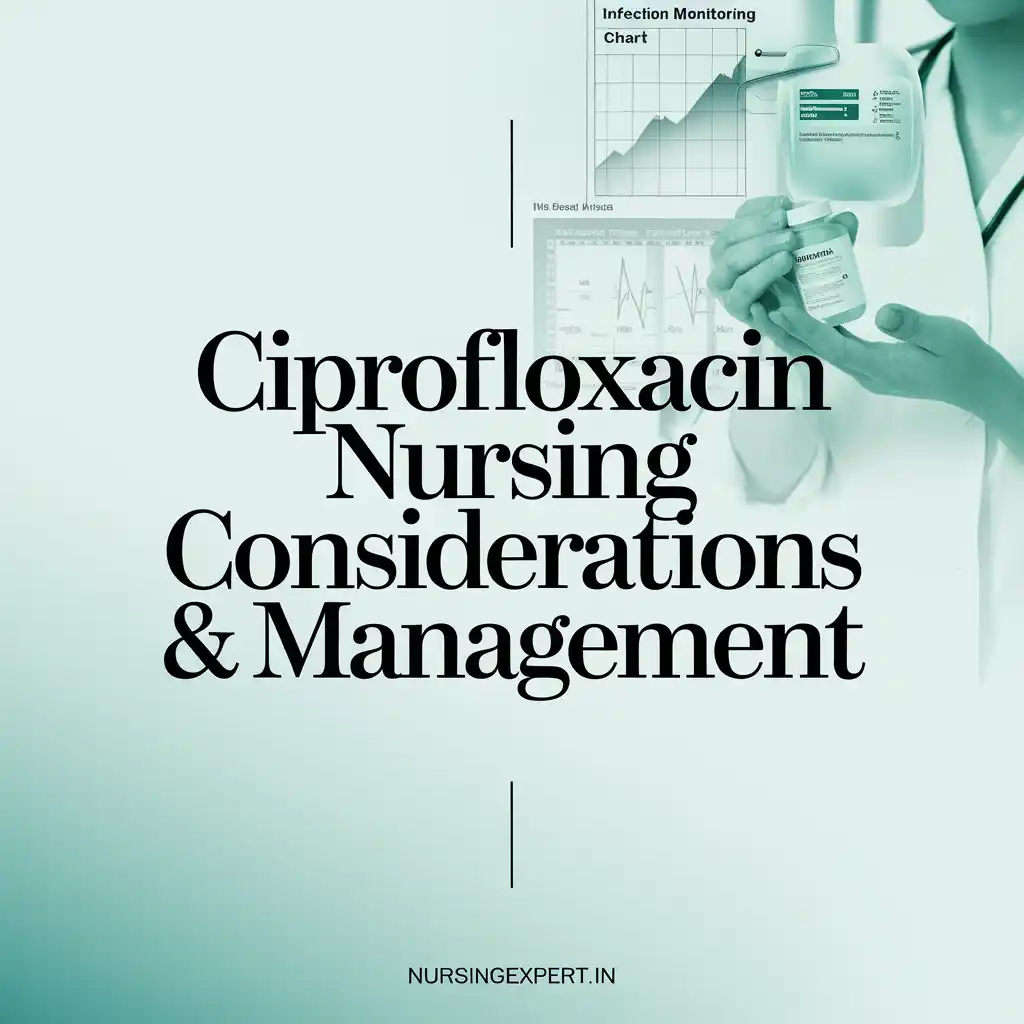Ciprofloxacin Nursing Considerations & Management: A Comprehensive Guide for Nursing Professionals
Introduction Ciprofloxacin, introduced in the late 1980s, is a second-generation fluoroquinolone antibiotic celebrated for its broad-spectrum activity against gram-negative pathogens and some gram-positive bacteria. Its ability to penetrate diverse tissues, including the lungs, skin, and prostate, has made it a pivotal agent in managing infections ranging from urinary tract infections (UTIs) to bioterrorism-related anthrax exposure. […]










